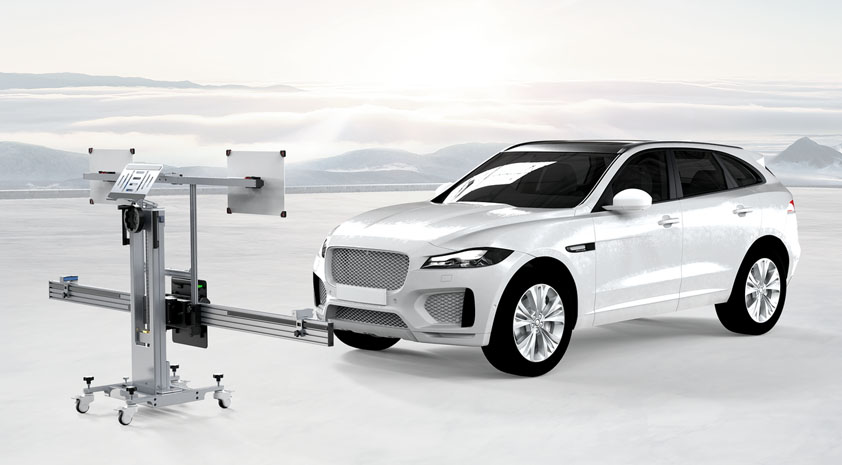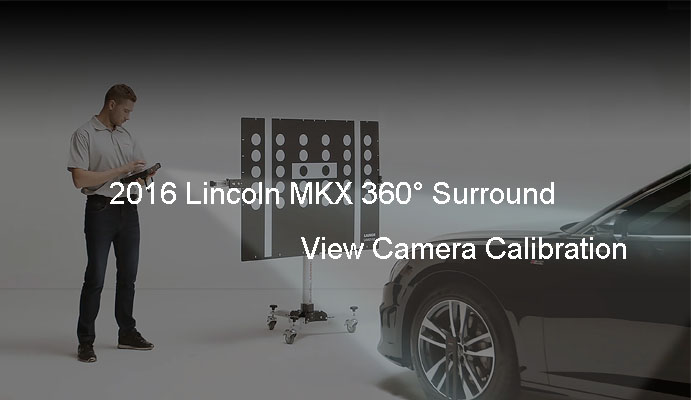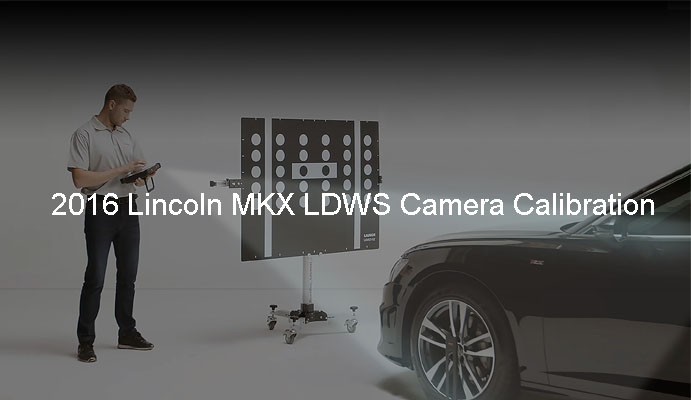Ford uses a variety of ADAS technologies in vehicles, which can improve the driver's driving experience and safety. The following are common ADAS technologies and their characteristics in Ford vehicles:
① Ford Co-Pilot360™ technology: Ford's Co-Pilot360™ technology is a comprehensive active safety system, including functions such as automatic emergency braking, adaptive cruise control, lane keeping assist, traffic sign recognition, etc. It provides multiple layers of safety, making it easier for drivers to control the vehicle and providing comprehensive safety protection.
② Automatic Emergency Braking (AEB): Ford's AEB system can automatically detect potential collision risks and automatically initiate emergency braking if the driver fails to react to reduce the severity of a collision or avoid it entirely.
③ Adaptive cruise control: Ford's adaptive cruise control system allows the vehicle to automatically adjust its speed based on the speed and distance of the vehicle ahead. This feature provides greater comfort and convenience on long drives or on the highway.
④ Lane Keeping Assist: This technology helps the driver keep the vehicle in the lane and prevent accidental deviation from the lane. It can provide slight directional adjustments or warnings to ensure the vehicle remains on a safe trajectory.
⑤ Blind Spot Information System: Ford's Blind Spot Information System can monitor vehicles in the driver's blind spot and provide warnings to prevent collisions when changing lanes. This technology helps enhance the driver's awareness of the surrounding environment and improves driving safety.
The integration of these ADAS technologies enables Ford vehicles to provide drivers with a full range of safety protection and intelligent driving experiences, making driving easier, more convenient and safer. They embody Ford's commitment to delivering advanced automotive safety technologies and provide drivers with a higher level of safety and comfort.
Here is more Ford ADAS calibration content:
2014 Ford Transit 2.2L CCMii Sensor Alignment (Cruise Control Module Sensor Calibration)
2015 Ford Focus CCM#1(Cruise Control Module) Calibration
2016 Lincoln MKX LDWS Camera Calibration (Lane Departure Warning System Camera Calibration)
2016 Lincoln MKX 360° Surround View Camera Calibration

Challenges facing Ford and the entire auto industry
In the process of promoting the development of ADAS technology, Ford and the entire automotive industry will face a series of challenges. These challenges include aspects related to security, privacy issues, technical limitations, etc. Here are some common challenges along with possible solutions and an outlook on future trends:
1. Safety challenges: Although ADAS technology can improve driving safety, its reliability and stability remain key issues. Failure of the system may lead to unexpected situations, especially when driving at high speeds. To address this issue, future developments may include stricter quality control standards, more reliable hardware and software testing, and more precise safety monitoring and feedback mechanisms.
2. Privacy issues: ADAS systems require the collection of large amounts of vehicle and driver data to achieve their functions. However, the collection of this data may raise privacy issues and data security risks. Future solutions may include stricter data protection regulations, transparent data collection policies, and enhanced data encryption and security measures to protect user privacy and data security.
3. Technical limitations: Although ADAS technology continues to develop, there are still some technical limitations, such as the accuracy of sensors, limitations of computing power, and adaptability to complex traffic environments. To overcome these limitations, future developments may include more advanced sensor technology, greater processing power and algorithm optimization, and more comprehensive recognition and response capabilities to diverse road conditions.
4. Standardization and compliance: The development of ADAS technology also needs to meet various international standards and regulatory requirements. However, differences in regulations in different countries and regions may hinder the development and application of technology. To solve this problem, more international cooperation and standardization efforts may be needed in the future to ensure that ADAS technology can be widely used and accepted around the world.
With the continuous advancement of technology and the continuous development of the industry, it is expected that future ADAS technology will be more intelligent, precise and safe. Artificial intelligence, machine learning and more advanced sensor technology will promote the development of ADAS systems to higher levels of autonomous driving and enable them to better adapt to complex road and traffic environments. At the same time, the industry should commit to developing more stringent safety standards and privacy protection measures to ensure that ADAS technology can be more reliable and sustainable in future development.
Return



